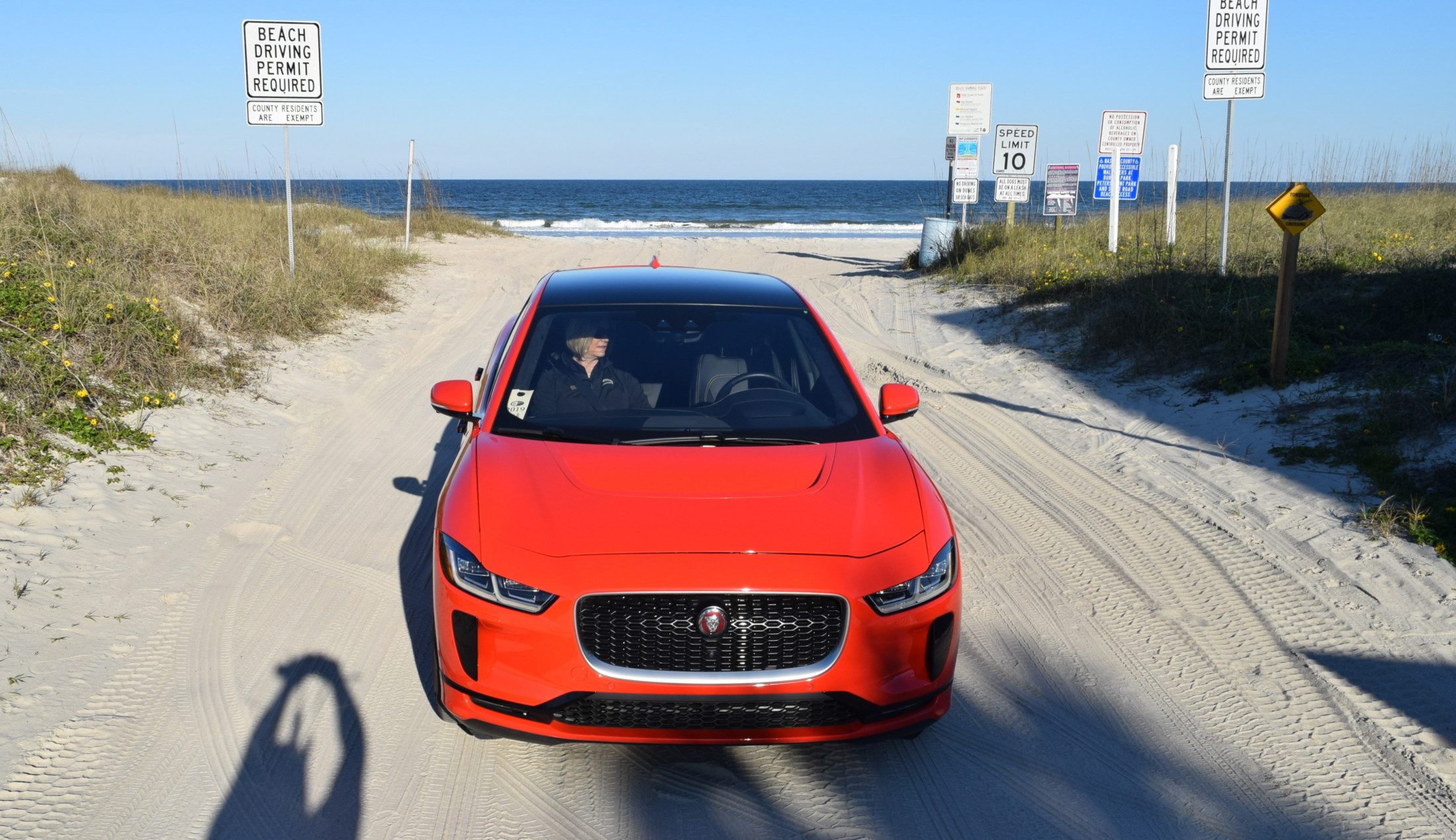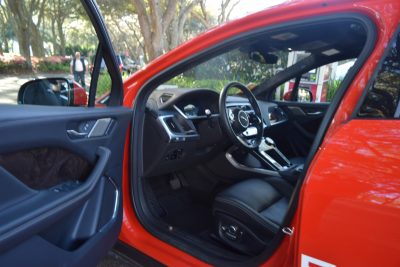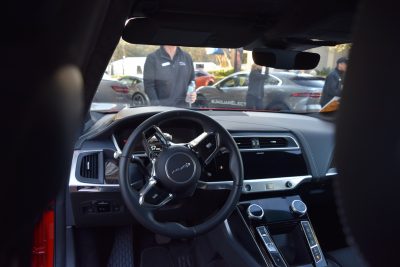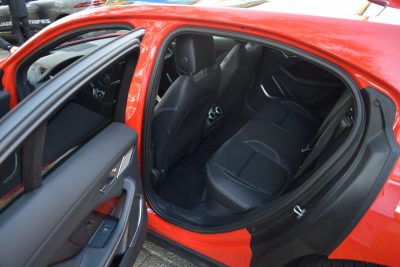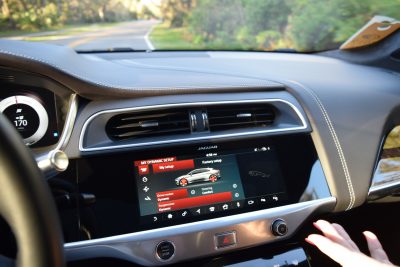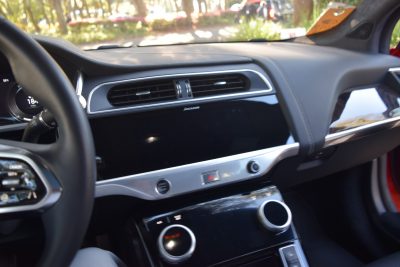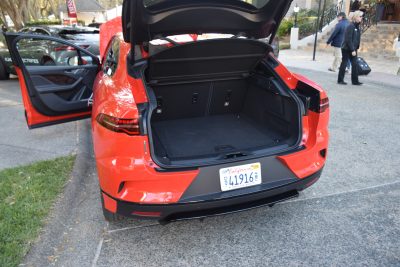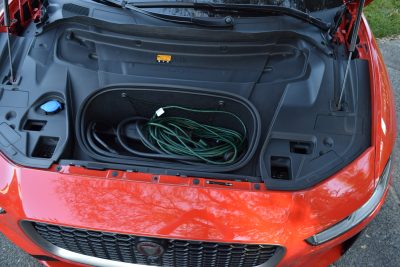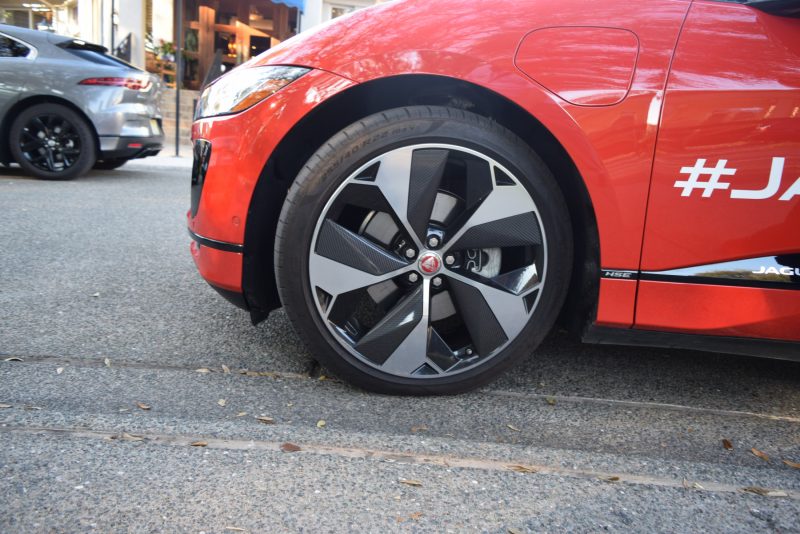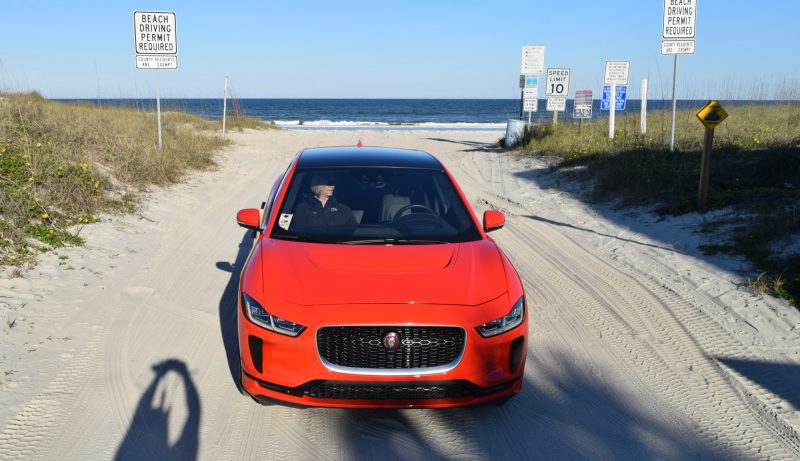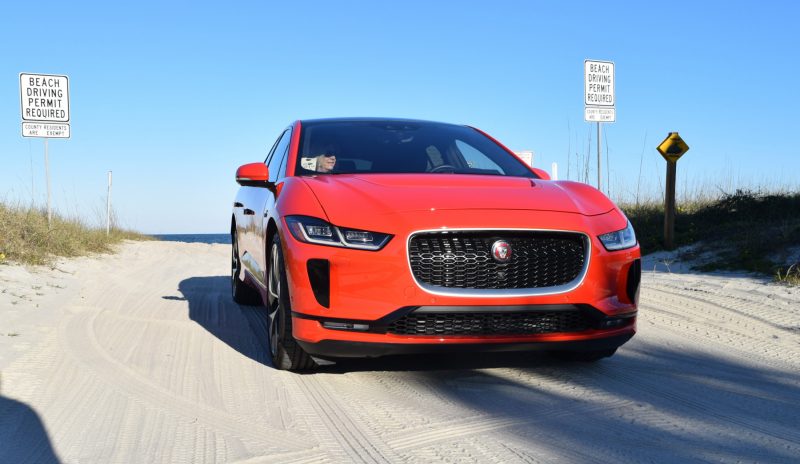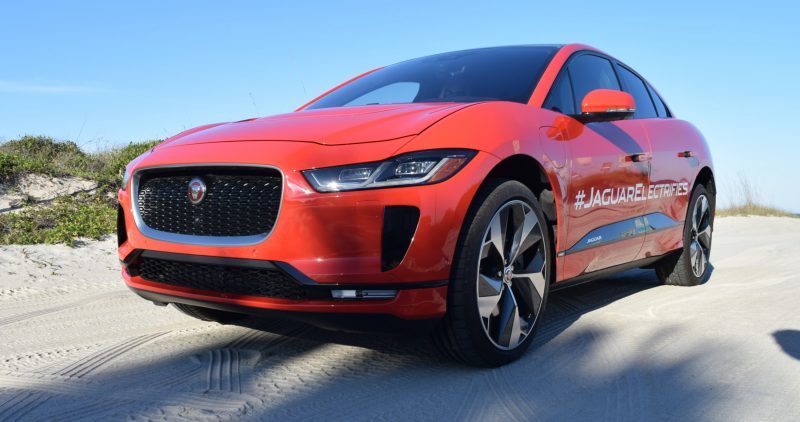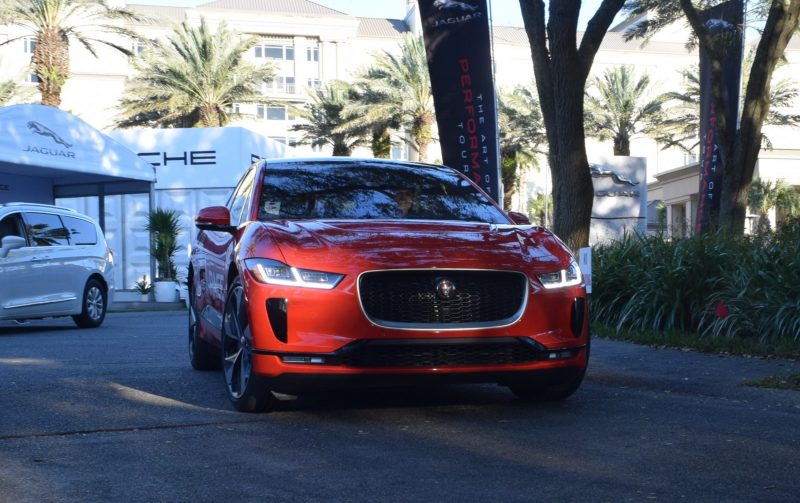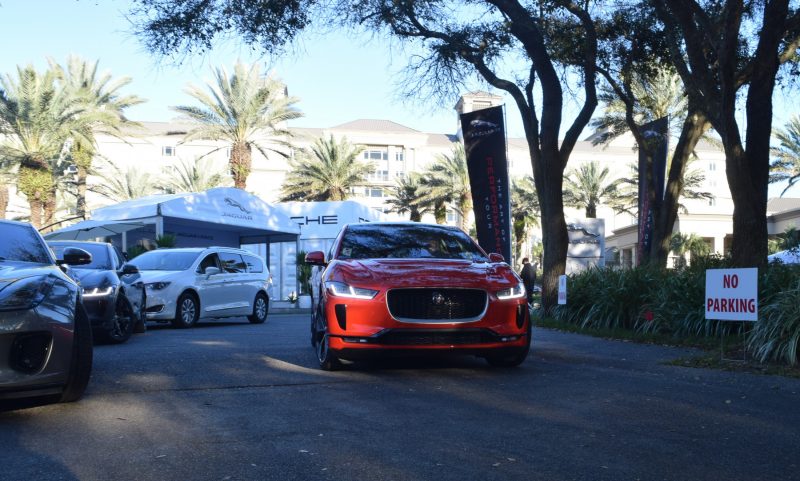The Jaguar I-Pace is everything you’d expect from a luxury car, and more than you would from an electric vehicle (EV). The case for EVs, in general, is complex, with considerations like environmental impact, practicality, range anxiety, and issues of substance and style coming into play. I’d argue that the I-Pace has the last two, in spades.
I-Pace’s accolades are many: World Car of the Year, World Car Design of the Year, and World Green Car for 2019, European Car of the Year, and one of AutoTrader’s Best New Cars for 2019, to name a few. Yet, judging by sales — Jaguar sold just over 1000 I-Paces in the U.S. through the first five months of 2019 – industry awards don’t equal, or drive, consumer demand.
But, the I-Pace is impressive on many levels. Acceleration is instantaneous – one of the pleasures of driving an EV. Dual electric motors combine to produce 394 horsepower; Jaguar claims a zero to 60 time of 4.5 seconds, and a top speed of 124 mph. Put it in Dynamic mode, and you’re rewarded with a mellifluous (albeit artificial) engine hum that lets you know you’re driving a true performance machine. I-Pace is available in four trim levels (S, SE, HSE, and First Edition), all with the same motor/battery configuration.
It’s quiet and composed on the road, handling highway and rural driving with equal comfort and aplomb, its 50:50 weight distribution resulting in a nimble and sure-footed experience. I-Pace’s all-wheel drive, All Surface Progress Control, and 360-degree surround cameras make it suitable for off-roading, as does the adjustable ride height feature. I’d venture that most owners will keep the I-Pace firmly on the pavement, and there are adjustable settings here as well, including the expected selectable drive modes, as well as high-or low-level regenerative braking. This single-pedal driving can take some getting used to, but once I acclimated to the vehicle decelerating when I lifted my foot off the accelerator, reducing reliance on the brake pedal, I did appreciate this feature.
In fact, the I-Pace is loaded with tech, controlled via the InControl Touch Pro Duo infotainment system with a 10-inch upper and 5.5-inch lower touchscreen. It supports Android Auto and Apple CarPlay, features Amazon Alexa integration with the Jaguar InControl app, has an integrated Wi-Fi hotspot, and is the first Jaguar product to have software-over-the-air to wirelessly update vehicle systems. Overall, the tech is plentiful, but a little buggy. A few times, the touchscreen froze on the Jaguar logo; other times, it just refused to come on until I rebooted it by restarting the vehicle. There is a bit of a lag in responsiveness when using the touchscreen. And while the navigation system factors in topography, driving style, and other factors to optimize drive routes and find charging stations along the way, the process of finding an EV station using the nav system was sometimes a challenge.
Admittedly, I spent much of my time in the I-Pace keeping my eye on the number of miles I had remaining until I had to recharge, and then plotting out where to go for a boost. The battery range is an estimated 234 miles, which is comparable to the claimed range of the Tesla Model X with Standard Range, which starts at about $2,000 more than the base I-Pace S. It’s important to know that not all charging stations are the same. With a 230-volt “level 2” charger, it will take about 10 hours for the battery to recharge from zero to 80 percent. At a 50 kW DC rapid charger, the same charge can be achieved in 85 minutes; with a 100 kW DC charger, it’ll take 45 minutes. Since the number of these rapid chargers are limited, the challenge I encountered was finding one that wasn’t occupied. The good news is, before you drive to your desired charging station, a smartphone app can tell you if it is already in use by another vehicle. If you want to avoid range anxiety altogether, you can get a ChargePoint home EV charger for your home, and have the installation arranged via the Jaguar website.
Charging issues and larger discussions on the long-term viability of the EV segment aside, the Jaguar I-Pace itself stands on its own merits, overall. Once you’re behind the wheel, you’ll appreciate the drive character, advanced technology features, overall capability, and style. The problem, for Jaguar, lies in how to get customers into the driver’s seat.
Pricing starts at $69,500 for the I-Pace S. The HSE trim tested here starts at $80,500 and was $89,340 with options. All trim levels are all-wheel drive, powered by a 90kWh battery pack and dual electric motors for an output of 394 horsepower and 512 lb-ft of torque. MPGe is 80 city, 72 highway, 76 combined.
Words by Becky Antioco. Photos by Tom Burkart
Originally Published here.

